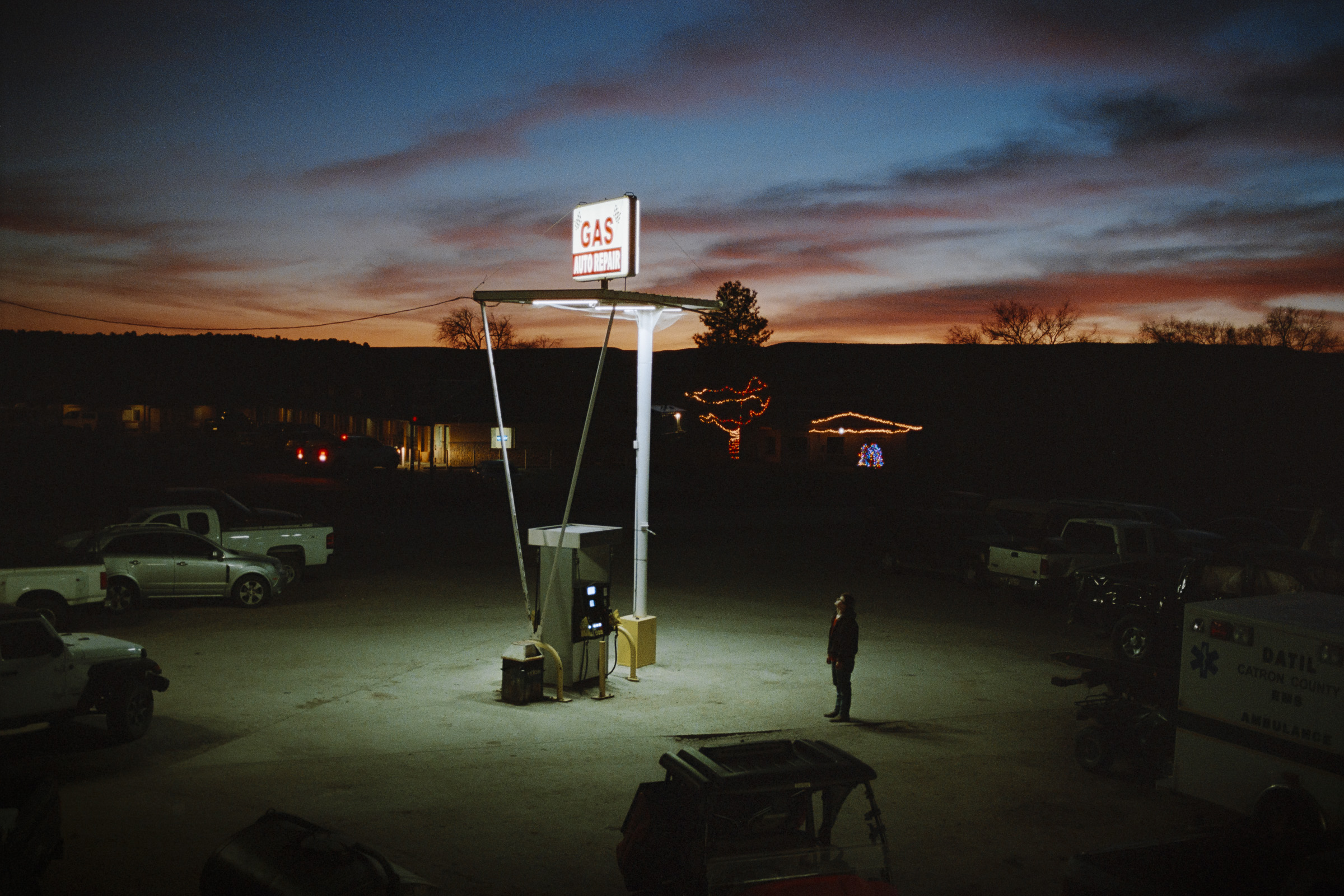Brandon Kapelow is a filmmaker and photographer from Wyoming. He is a suicide-loss survivor and a peer-support facilitator for SOLACE and the Greater Los Angeles chapter of the American Foundation for Suicide Prevention.
I was raised in the wilds of western Wyoming and spent my childhood exploring the foothills of the Rocky Mountains, camping in Idaho and Montana, and visiting family in Colorado and New Mexico. It was a beautiful but difficult place to grow up. Apart from Alaska, these are the states that continually rank highest for deaths by suicide, earning the Intermountain West the ominous designation “the Suicide Belt.”
My father made his first suicide attempt when I was 8 years old. He struggled for years with undiagnosed bipolar disorder and succumbed to his illness after four more attempts, in 2005 at age 64. After seeing friends and family members hospitalized or prescribed medication for suicidal ideation or attempts, I’ve come to realize how widespread this issue is for thousands of people living in small communities across the West, like the one where I grew up. Many of these Americans are struggling to process the complexities of grief that come with living through a generation or more of suicide loss, yearning for support and connection while surrounded by a culture that is rarely willing to offer or accept it.
I decided to travel to Catron County, a high-desert region in New Mexico along the Arizona border with the highest rate of suicide death of any county in the contiguous U.S. from 2010 to 2020, at 63.2 per 100,000 people. (The average national rate for the same time period was about 13.2.) I wanted to meet people who were living at the heart of this issue—to hear their stories and provide a window into their grief, as it mirrored my own. I’ve always found catharsis in talking about my experiences with suicide, and I hoped that this project might provide similar relief to those who chose to sit and speak with me. (Some asked that I omit their last names to help protect their families’ privacy.)
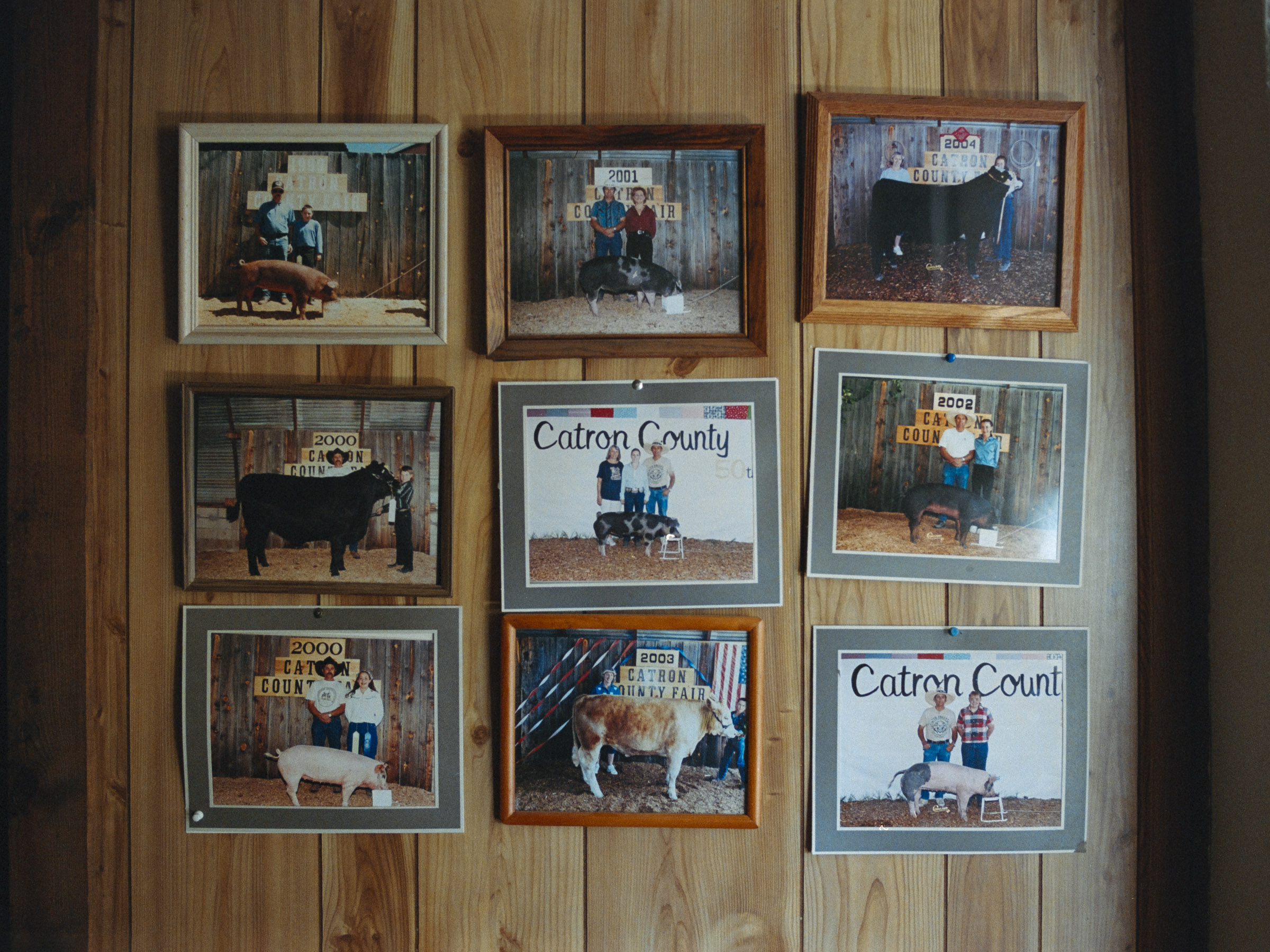



Catron County covers a vast area of 7,000 square miles and is home to nearly 3,600 people, according to the 2020 U.S. Census. Among them are more than twice as many veterans, seniors, and Native Americans than in the average county: three groups at highest risk for suicide death. The population has experienced a 4% decline from the decade prior that reflects a national trend of urbanization that has hollowed out communities across rural America. “I spent my whole life being a cowboy, working on ranches,” Ron, the eldest of a four-generation ranching family, told me. “I think that’s why you see these rural areas having such a high incidence [of suicide]—all of a sudden, we’ve become irrelevant.” Despite a life of continuous employment in ranching, Ron struggled to make ends meet after a heart issue caused medical bills to start piling up. His financial problems and feelings of low self-worth collided, and in the winter of 2019, Ron attempted suicide.
Photographing Ron, I saw a version of my father staring back at me. He, like Ron, survived a suicide attempt that resulted in significant facial damage and spent months undergoing reconstructive surgeries and rehabilitative care before resuming a life forever altered. Meeting people like Ron often required leading with my own story, in an effort to pierce the dense clouds of stigma that still loom heavily over the West. What I didn’t expect was how often I’d find daylight.
Early in my trip I stopped at J&Y, a local auto-body shop in the town of Quemado, to get air for a leaky tire. Owner Jerry Armstrong, who also serves as the volunteer fire chief, an EMT, and a church deacon, asked what brought me to Catron; when I told him, he started to cry. One of his employees, a high school student named Thane Morgan, had taken his life just three weeks prior. Armstrong employs a number of local teens in his shop, and he worries about the ripple effects of Morgan’s suicide. “I see those kids and it’s like, How many of ’em are going to follow suit?” he told me. Morgan was not the first teen at J&Y to attempt suicide. “I feel guilty a lot of the time for even saying, ‘I’ve also been suicidal before,’ because he’s the one who actually went and did it,” says Hunter Gossett, one of Morgan’s friends at the shop. “I get the reason for wanting to do it. At the same time, I’m still here.”
Suicide contagion among teens is a real phenomenon. In the early 2010s, Reserve Independent School District in Catron County experienced a string of student suicides that prompted administrators to implement a peer-support program in which students were trained to look out for warning signs among classmates. The program was such a success that local administrators wonder if a similar program could be as effective among the county’s adult residents.

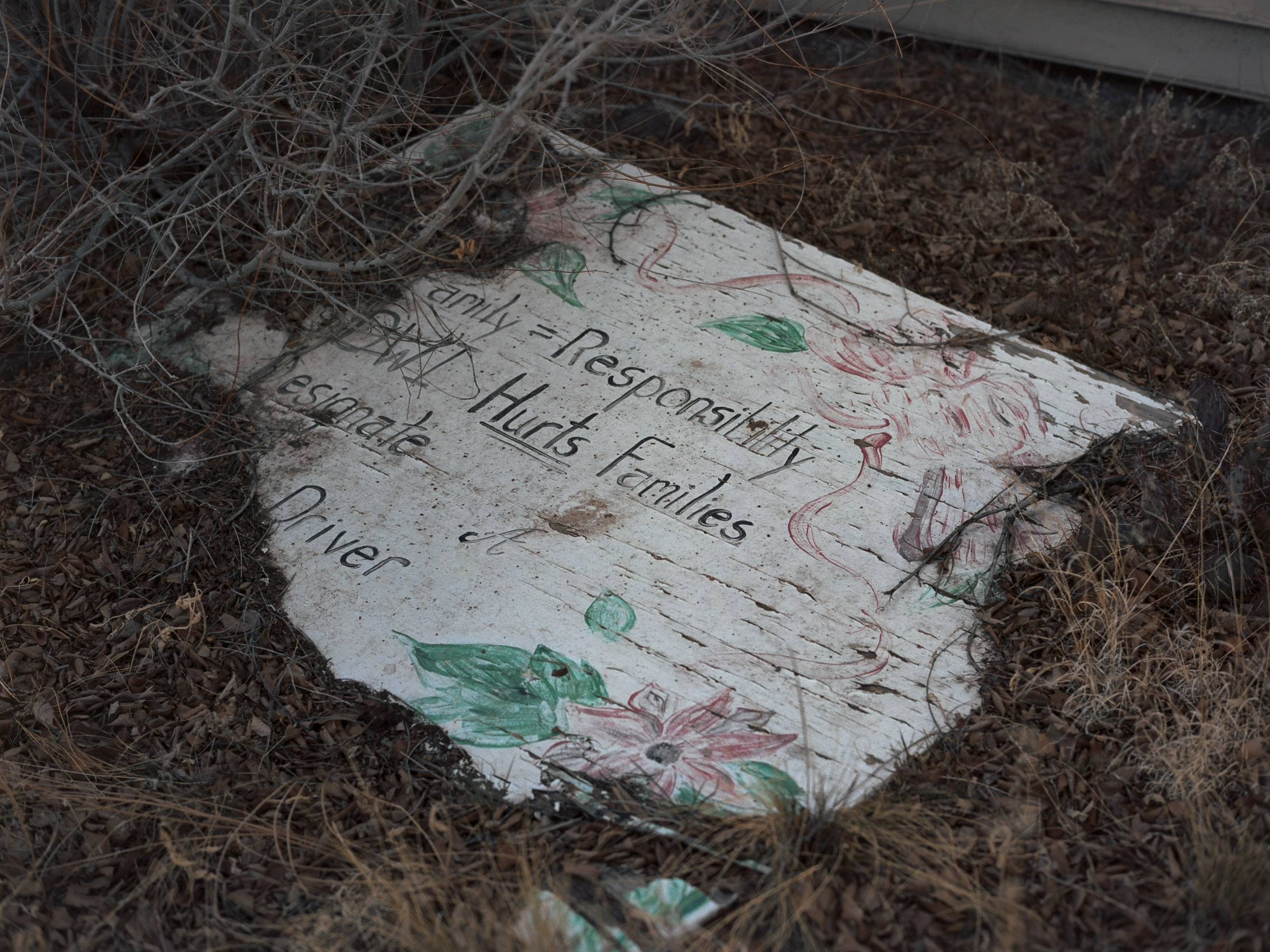


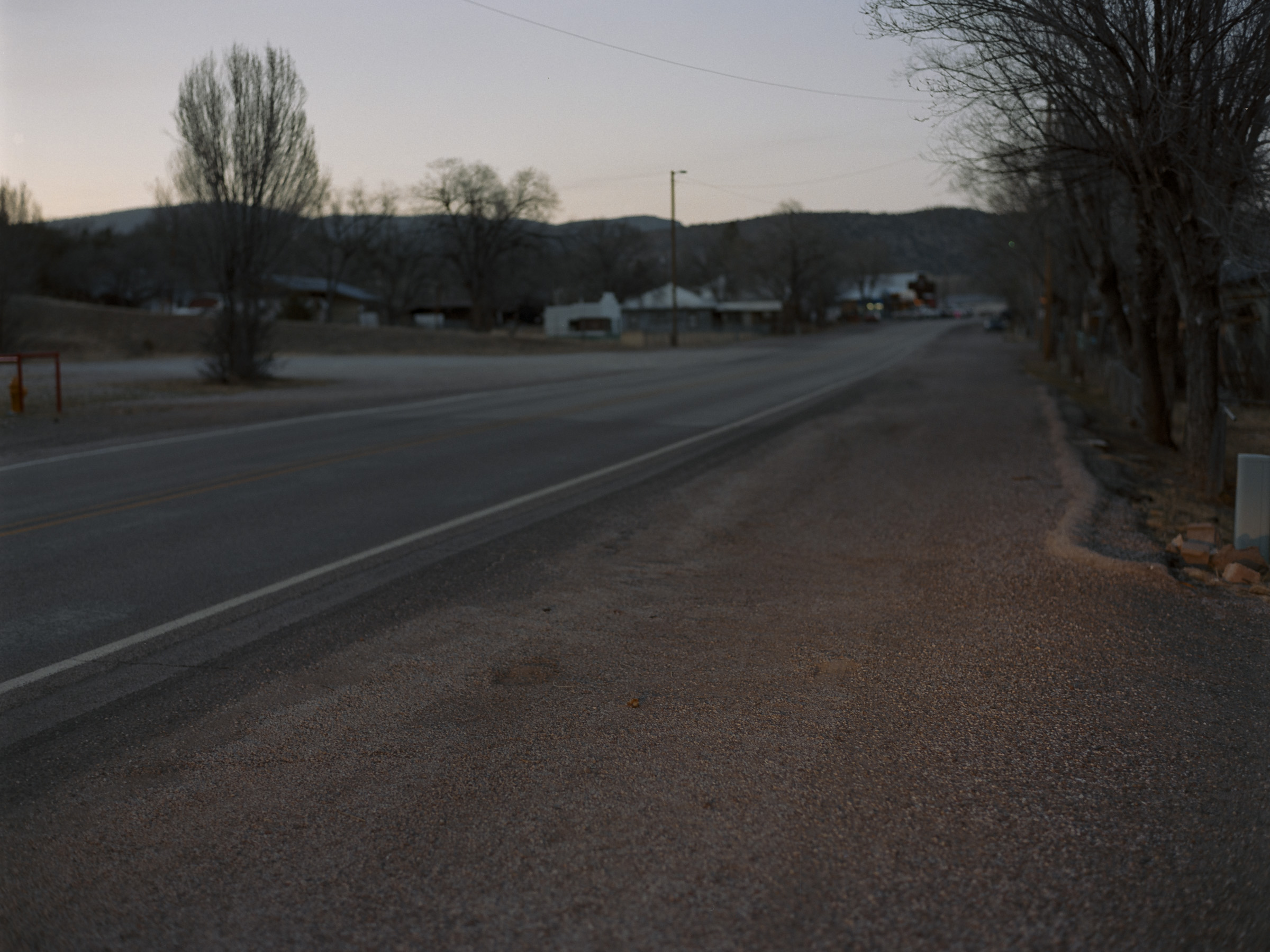
Tremendous progress in suicide prevention and mental health has been made in the U.S. in 2022. The 988 Suicide and Crisis Lifeline network was launched, and a landmark bipartisan gun safety bill passed, which strengthens red-flag laws and invests in community-based violence-prevention and behavioral-health initiatives. New federal policy changes also make telehealth services for mental-health care more accessible to people in rural areas through Medicare and Medicaid. And a recent survey published by Harris Poll found that 80% of U.S. adults report that they would tell someone if they were having thoughts of suicide—a 13% increase since 2015.
Read More: How 988 Will Transform America’s Approach to Mental Health
But it will be an uphill battle for people in Catron and similarly remote Western counties. Federal data published on Sept. 30 found that in 2021 the U.S. suicide rate rose by 4% after two years of declines. The region’s lack of resources is visible in almost every sector of public health and safety, including law enforcement, emergency medical services (EMS), and mental-health care. There isn’t a state-run hospital in the county—only a medical clinic in Reserve (the county seat) that is funded and operated by a private religious organization. The nearest Veterans Affairs (VA) clinics are several hours away. A single therapist services the region, and they don’t work with children. There’s a wellness center in Reserve, but according to staff there, locals don’t want to be seen walking in the front door.
For 911 emergencies, volunteer EMTs are often dispatched from their homes or workplaces to respond to the incident. If the issue is beyond the capabilities of the local clinic, patients are taken to hospitals in neighboring counties several hours away. The burden on first responders is particularly high due to the nature of living and working in small communities. “We know 80% to 90% of the people that we transport,” says Mike Shriver, an EMS driver and former state policeman. Mike’s wife Vicki Shriver, the Reserve district EMS medical chief, is often confronted with situations for which established protocol is insufficient. “The medical system for behavioral and psychiatric patients is broken,” she says. “There used to be a mandatory 72-hour hold for an attempted suicide … Now sometimes they’re released within 12 to 24 hours, which I don’t think gives the hospital a chance to do a complete evaluation. They’re home before I get the paperwork done.”
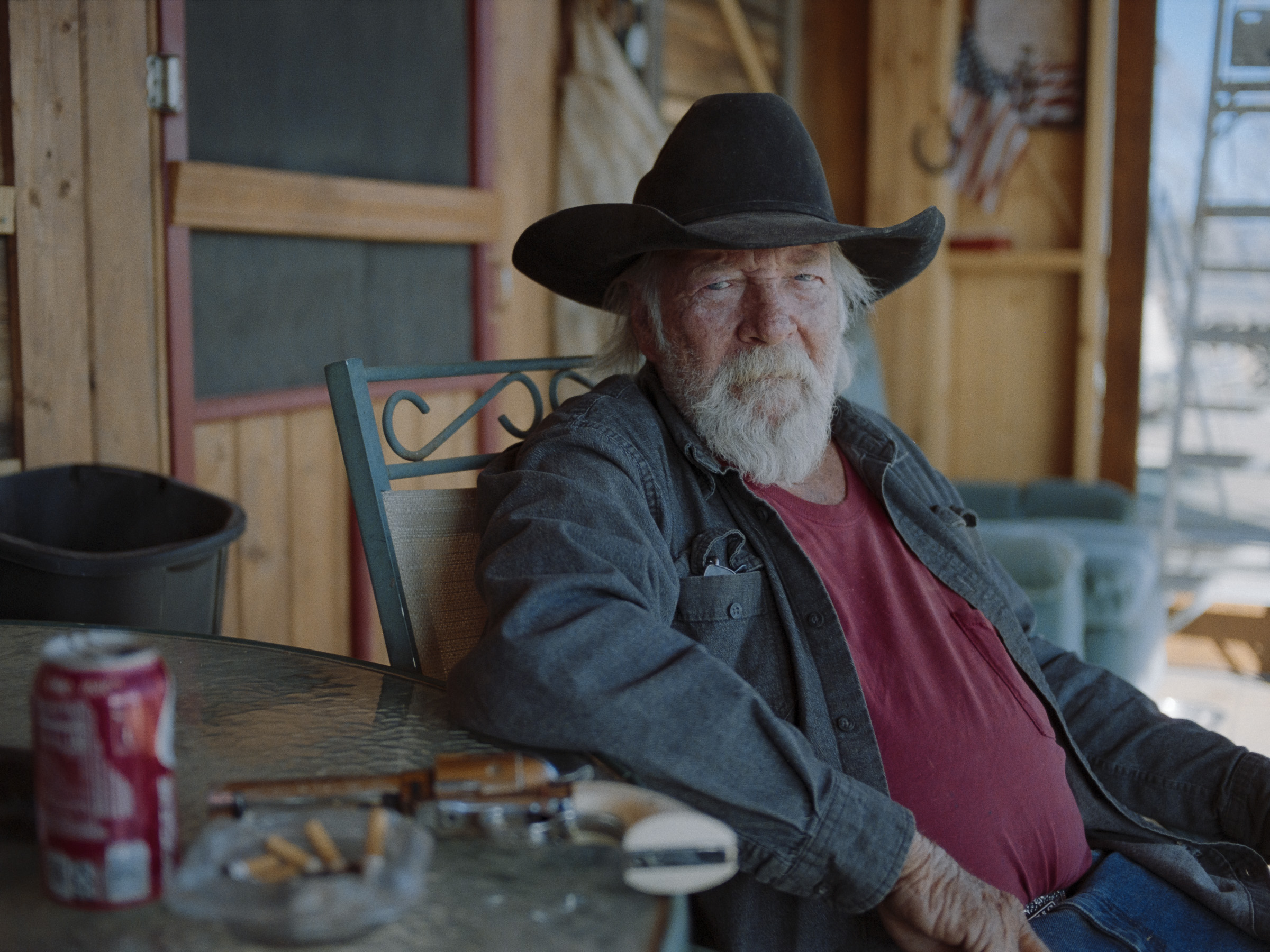
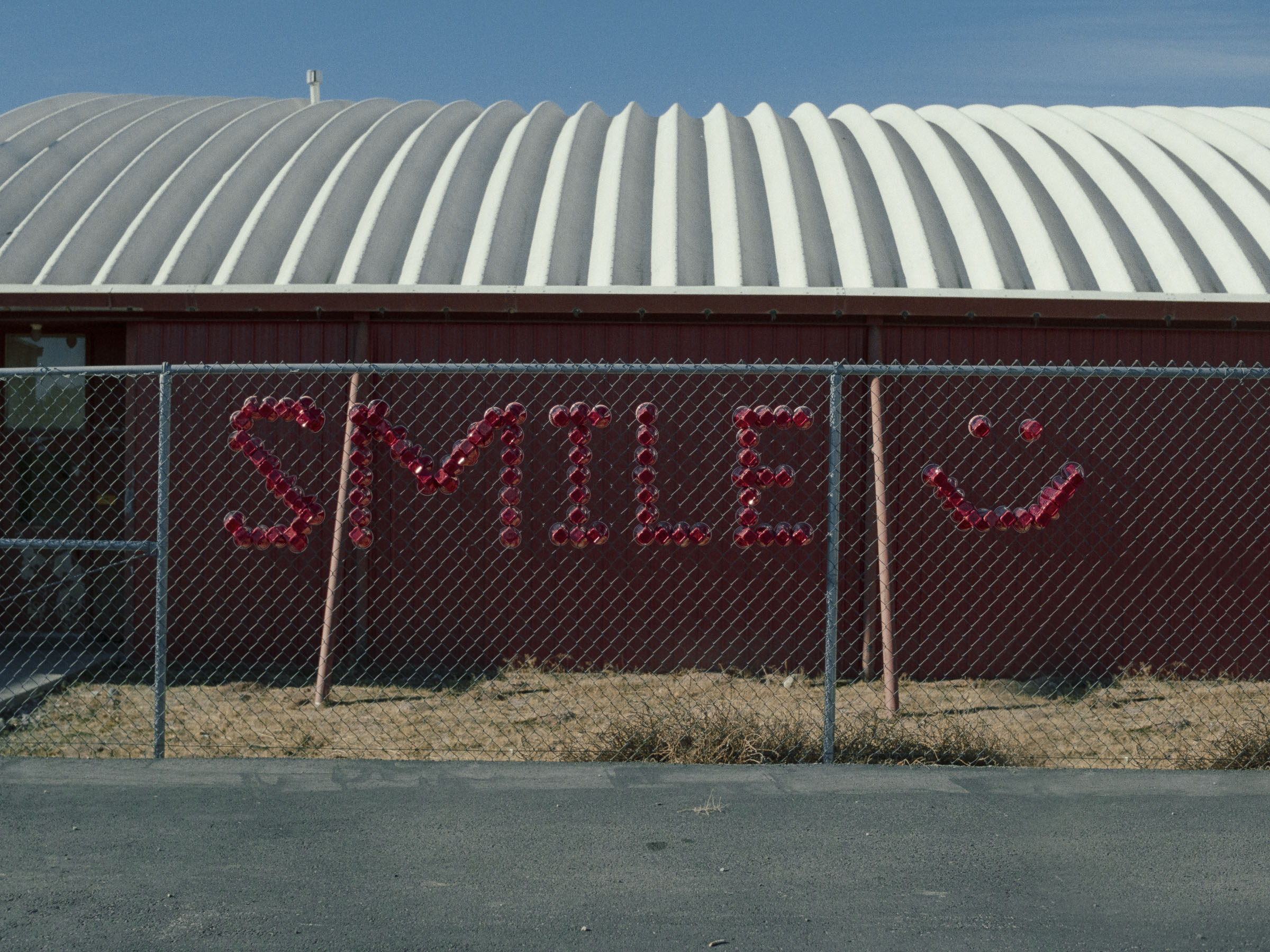



Absent a social safety net, the community must care for itself. This feeling of self-reliance is so ingrained that in 1994, Catron’s county commissioners voted unanimously to pass a nonbinding resolution that stipulated every household should have a gun. In 2019, the county commission again voted unanimously to become part of a national group of “Second Amendment Sanctuaries,” counties across the country that nullify certain gun-safety measures, such as red-flag laws, that were designed in part to help law-enforcement officers remove lethal means from people in suicidal crises.
For Larry Iams, a combat veteran and historic-gunfight reenactor, the issue of firearm safety is urgent. Iams was first attracted to Catron County because of its solitude and its support of the gun culture he cherishes. But following the death of his wife, solitude turned quickly into isolation, and a suicidal episode landed him in a VA hospital. He now locks up his guns at a friend’s home in neighboring Arizona to keep them out of reach. “People that are wanting to do this need somebody that they can trust and talk to,” he says. “That’s going to be hard sometimes because there’s not a lot of people around.”
The stark geography of Catron and other Western counties like it increases the likelihood of social isolation, another major risk factor for suicide. “There’s a lot of solitude in the West. Conditions are harsh,” says Dr. Gary Knouf, pastor at the Quemado Cowboy Church, where Morgan’s memorial service was held. “Maybe the greatest dysfunction in America is loneliness.” The experience of loneliness is not purely emotional; social isolation has harsh physical effects on the body, such as increasing stress-hormone levels, and is a risk factor for suicide.





Seniors especially feel the sting of loneliness. At the southern end of Catron County sits the Glenwood Senior Center, one of the few places left for older residents to gather. “They were going to shut down all the senior centers in Catron County, which, unfortunately, would have probably increased our suicide rate,” says Amy Whetham, the center’s supervisor. “These seniors, it’s the only thing they have.” Whetham has lost two family members to suicide and has struggled with several attempts through the years; she knows some of her colleagues have too, but nobody talks about it. “They’re older, and that’s how they were raised,” Whetham says. “You don’t talk about this stuff.”
Throughout the course of this project, residents kept telling me that it was easier to share their stories with a stranger than with members of their own community. I spoke with people of different ages and walks of life—from parents to police officers, teenage students to health care providers and county clerks—and despite every demographic being touched by suicide, most people hadn’t discussed it in a while. I was the one who kept having to end the conversation, as if they felt it might be a long time before they got the opportunity to talk about it again.
But there are signs of healing, too. Ron had always been private about his suicide attempt. But in December 2021, nearly two years after his life-altering crisis, he felt something inside him shift. He was ready to talk. He visited his neighbor Craig Lang, an EMT, to thank him for finding him, praying for him, and saving him that day. Ron also tried tracking down the deputy sheriff who was present, but Lang told him that the man had retired shortly after the incident because he kept having nightmares; he later moved out of the county.




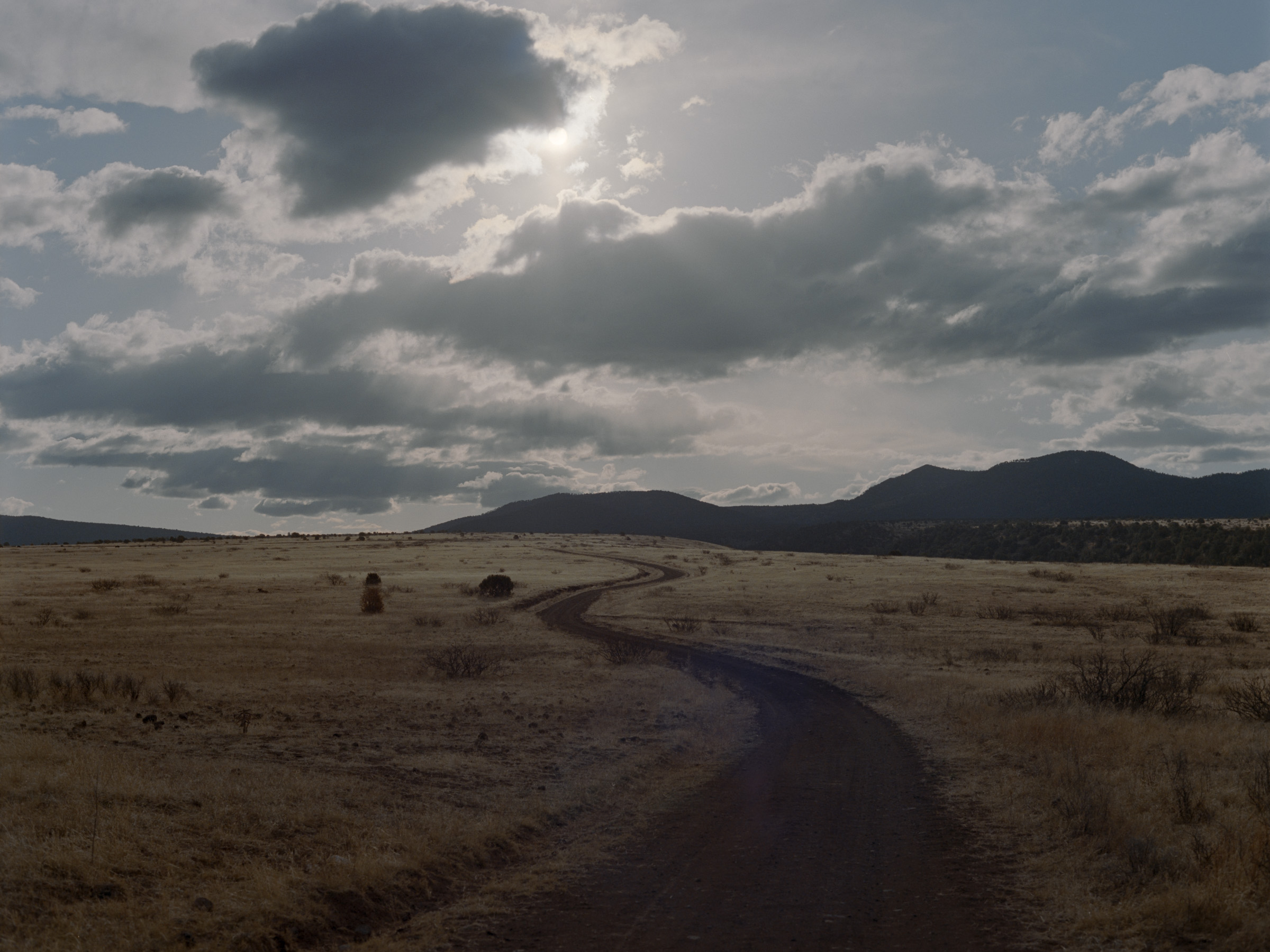
Ron now spends his days working the ranch with his wife and children, wondering why he was spared. He says that despite lingering feelings of regret, he ends each day filled with gratitude for being alive, for getting to enjoy more moments with his grandkids. “It would have fragmented my family, so maybe that’s why God let me live,” he says. He leans back into the seat of his truck and looks out toward the rolling cattle pastures. “Maybe just me talking to you is some of what it is. Maybe somehow I have kept somebody else from doing this. Maybe that’s what this is all about.”
If you or someone you know may be experiencing a mental-health crisis or contemplating suicide, call or text 988. In emergencies, call 911, or seek care from a local hospital or mental-health provider.
More Must-Reads from TIME
- Cybersecurity Experts Are Sounding the Alarm on DOGE
- Meet the 2025 Women of the Year
- The Harsh Truth About Disability Inclusion
- Why Do More Young Adults Have Cancer?
- Colman Domingo Leads With Radical Love
- How to Get Better at Doing Things Alone
- Michelle Zauner Stares Down the Darkness
Contact us at letters@time.com
